The People and Land of Haiti
Remembering Haiti 5 Years After the Earthquake
Haiti’s magnitude 7.0 earthquake of Jan. 12, 2010, left 220,000 people dead, 300,000 injured and rubble nearly everywhere. (NPR.org)
In the summer of 2009, Jedd and I had the opportunity to travel to Northern Haiti for the first time on a vision trip with Haiti Foundation of Hope. Being Jedd’s first experience in a developing country, it was a transformative week and eventually led to our decision to serve in the Peace Corps for two years together.
The Earthquake
I’ll never forget the phone call I got while sitting at my office desk at the University of Portland’s Center for Service & Leadership just six months later. It was one of the post-graduate service organizations we worked with, and the caller informed me that two U.P. students who were volunteering in Haiti were inside a clinic that collapsed from a high-magnitude earthquake. I can still recall the uneasiness and dread I felt in my stomach that day.
We learned later, that one of the students – Molly – was killed in the collapse and the other – Rachel – was miraculously rescued from the rubble. (For the past five years, Rachel has been an advocate for Haiti.)
We worried for the Haitian family we met that leads Haiti Foundation of Hope. They live in Port-au-Prince, which suffered the brunt of the devastation. Two of their children, who were going to high school in the States at the time, had to wait anxiously for days before communication was restored to learn that their parents and siblings had been spared.
Post-Earthquake
Over the past five years, I’ve been trying to stay up to date with news from Haiti and educate myself more on the country’s complicated history. With disasters like these, I think we’re all at a loss for what to do. Becoming an “informed global citizen” is an important baby step in the right direction. Making a life-long commitment to pay attention and advocate where you can may be one of the most effective ways that an average American can help.
See the end of this post for recommended resources.
The People of Haiti
When I think about the people of Haiti, I am reminded of their beauty both in spirit and in appearance.
The Haitians we met are very strong and physically fit people, being very active in their day to day routines and walking as their main form of transportation.
I often found myself drawn to the way they would look at us with such curiosity as I looked back with wonder. I wondered what many of them thought about us being there. Whether or not the sight of us, our clothes, our actions, or words that we used seem strange or even silly.
Original post: The People of Haiti | Simply Intentional.
The Land of Haiti
Haiti is an example of where deforestation washed away the land. People have cut or burned the trees to make charcoal for energy (fires and what not) without any reforestation plan.
Because of the geographical placement of the island (the Caribbean), rains are frequent (thunderstorms and annual hurricanes). Rain is normally good, except that there are not enough trees.
Floods lead to accelerated erosion of the land, especially top soil good for farming.
There are some good seasons (we witnessed re-growth of plants and farms) but no one knows when the next major flood might wash out everything. The government doesn’t do enough to protect the trees. There are no incentives or alternative programs for people to get energy another way. There is little in terms of education to teach people the importance of trees.
Pastor Delamy shared with us a Haitian proverb, “Sometimes prevention is better than healing”. Proactive measures such as education are important and effective means to fight this battle in Haiti (and in the world). If not, life and land will continually wash away.
Original post: The Land of Haiti | Simply Intentional.

Resources About Haiti
I can recommend some of the following resources for self-education, in case you’re interested:
- Institute for Justice & Democracy in Haiti
A human rights organization that distributes objective and accurate information on conditions in Haiti and that also pursues legal cases, such as the suit to hold the UN accountable for the post-earthquake cholera epidemic. - Mountains Beyond Mountains by Tracy Kidder
One of the most widely known, readable books about Haiti, which follows Dr. Paul Farmer, an extraordinary and unconvnetional public health practitioner and activist. - Haiti After the Earthquake by Paul Farmer
An insider account of the disaster-relief effort in Haiti, which also addresses the man-made side of the suffering (inflicted by countries like ours) and proposes methods for more effective redevelopment. - Jubilee U.S.A. Network
An organization advocating for critical global financial reforms and debt relief for countries like Haiti. Their successful debt relief advocacy for Haiti allowed the country to reinvest in infrastructure. - An Unbroken Agony: Haiti, from Revolution to the Kidnapping of a President by Randall Robinson
A first-hand account of an unbelievable story, paired with a historical reflection on the country’s complicated “quest for self-determination”


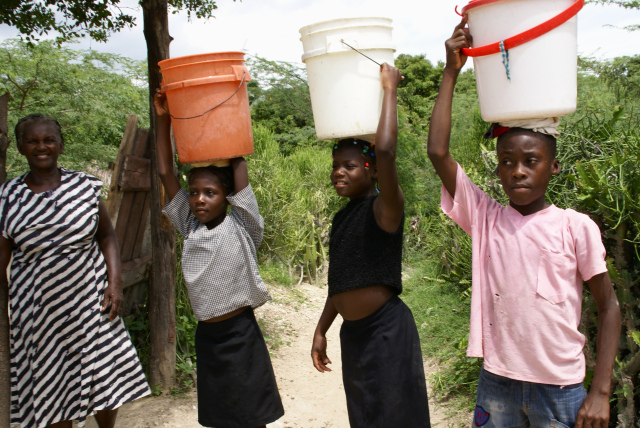
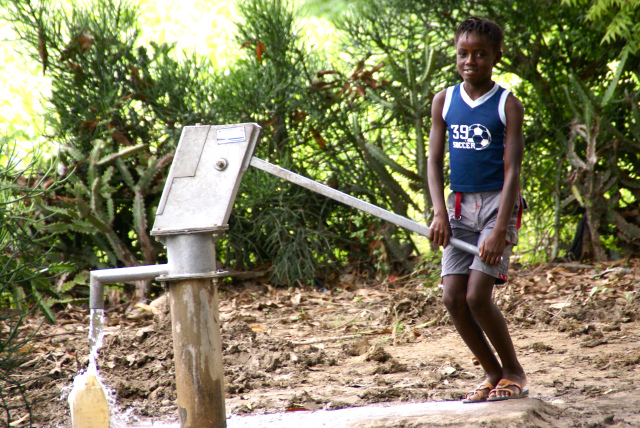
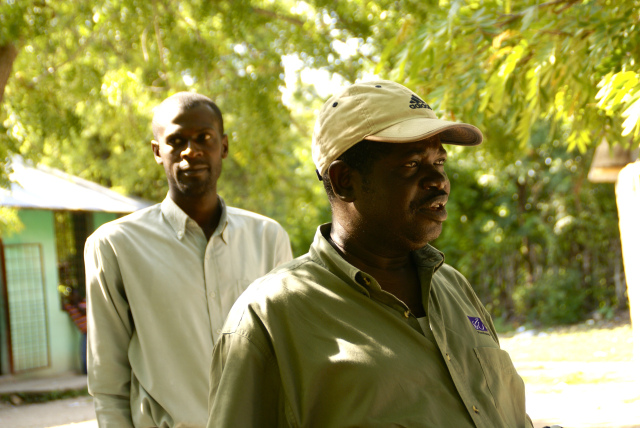
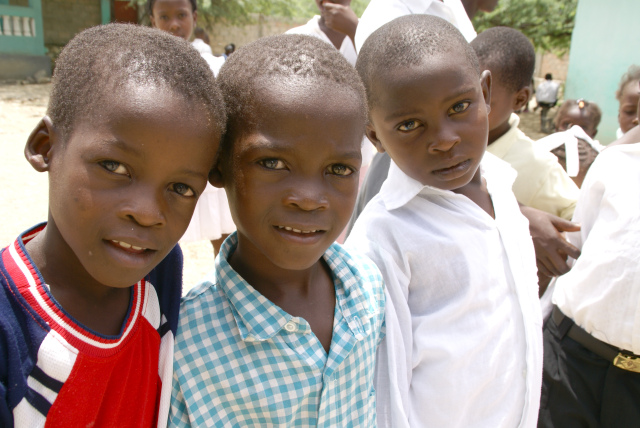
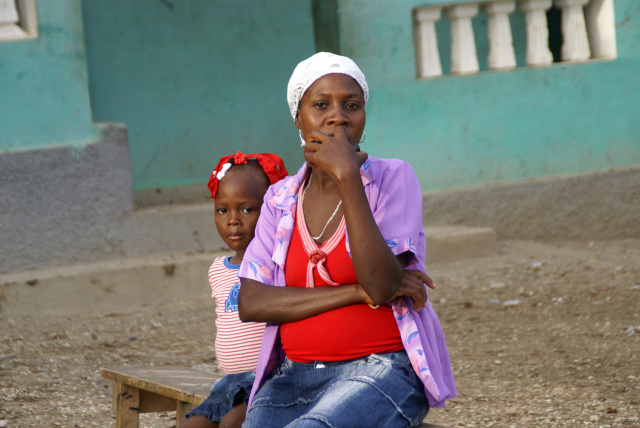
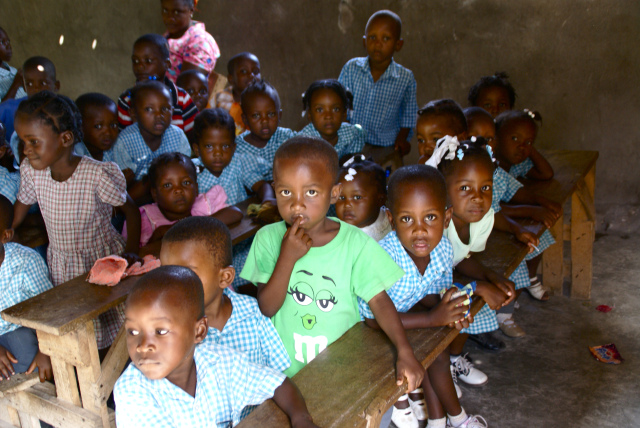
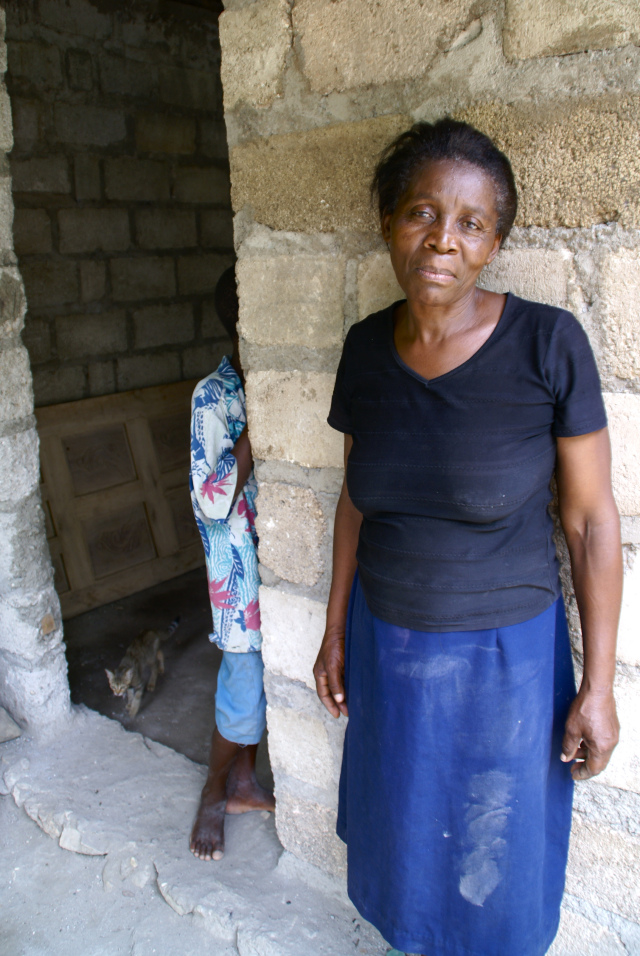

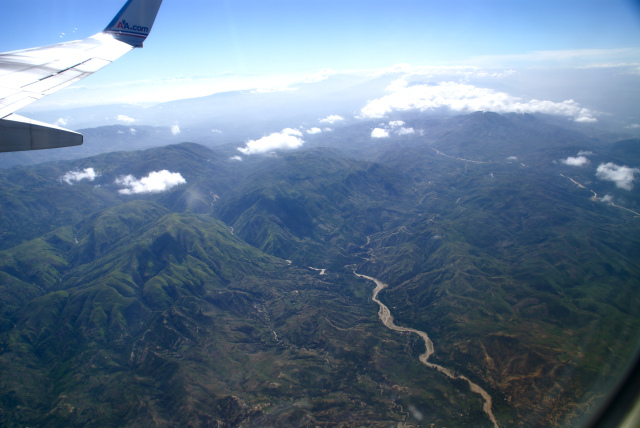

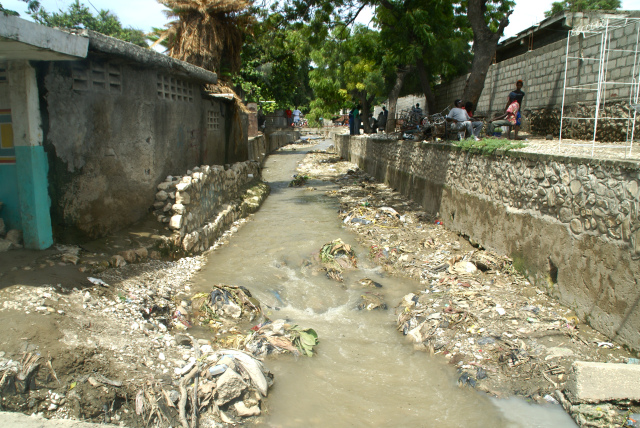
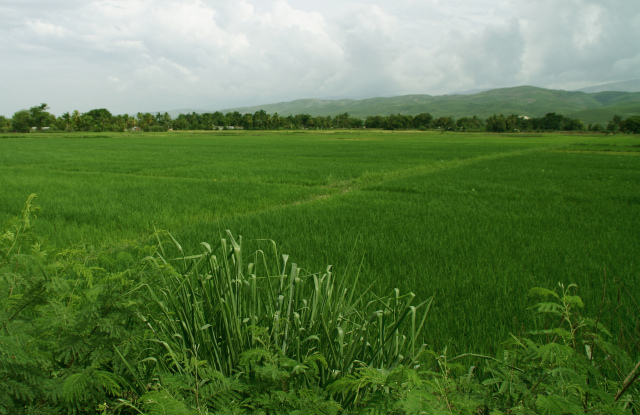
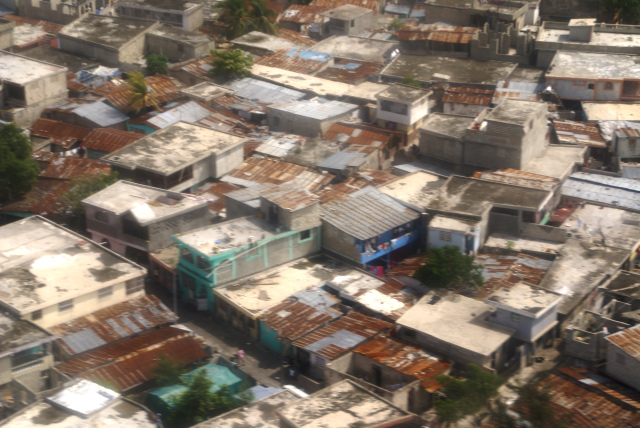


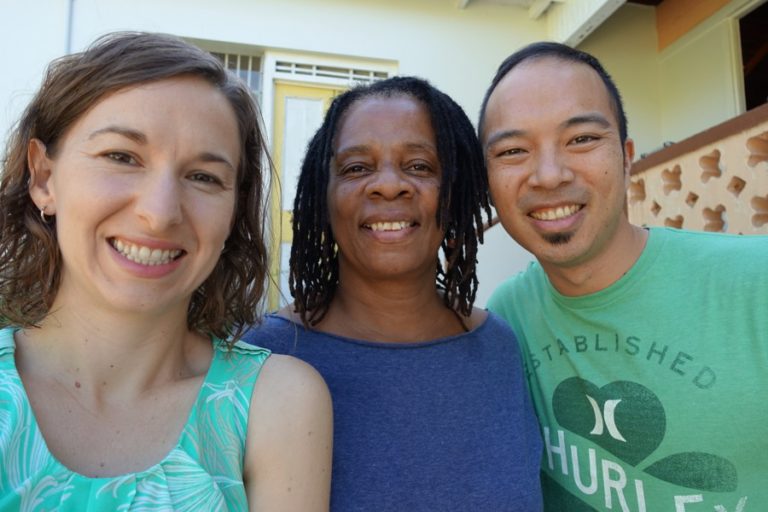
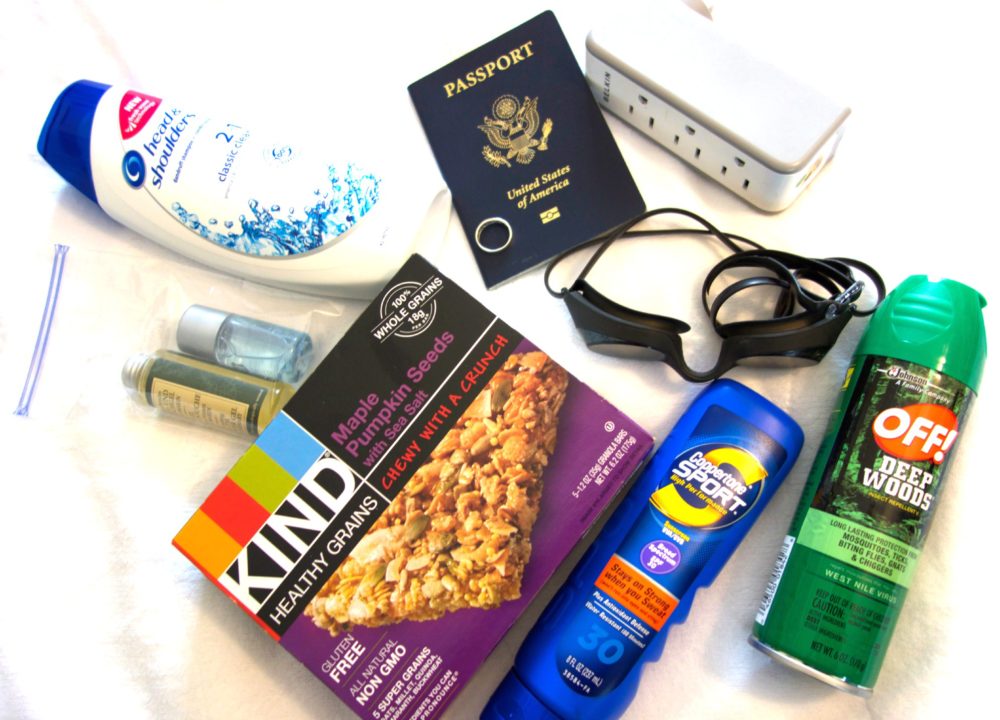
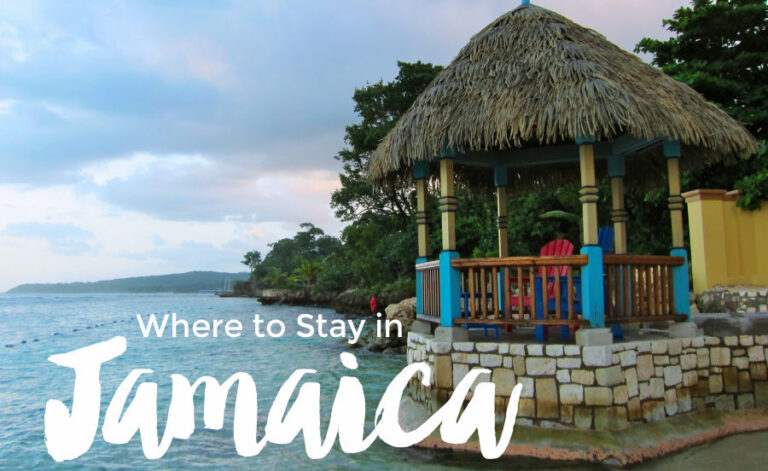
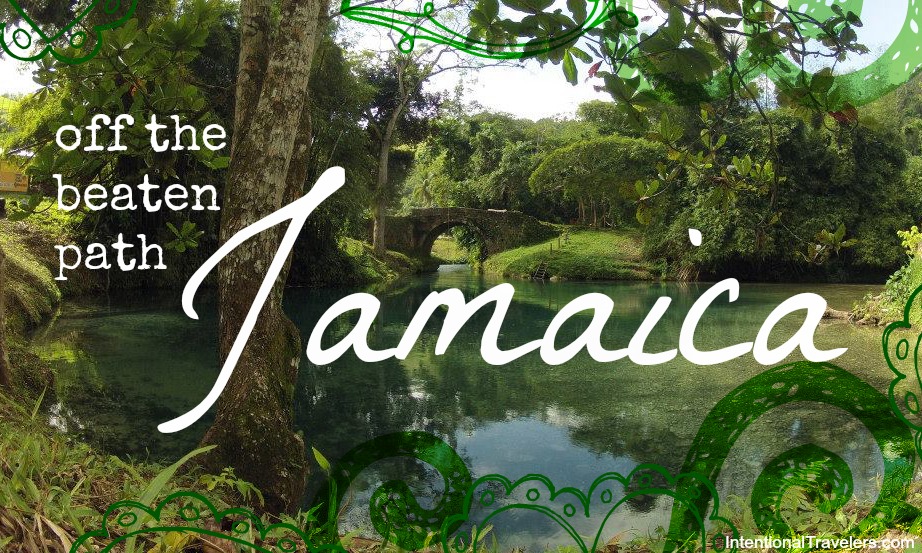
How do I go about finding a student from Haiti who was a foreign exchange student in the 1990’s
Hi Marla. That’s a difficult question. The school they attended might have some information but I’m not sure they’d be able to share it. I suppose you could try searching for them on facebook… Best of luck in your search!